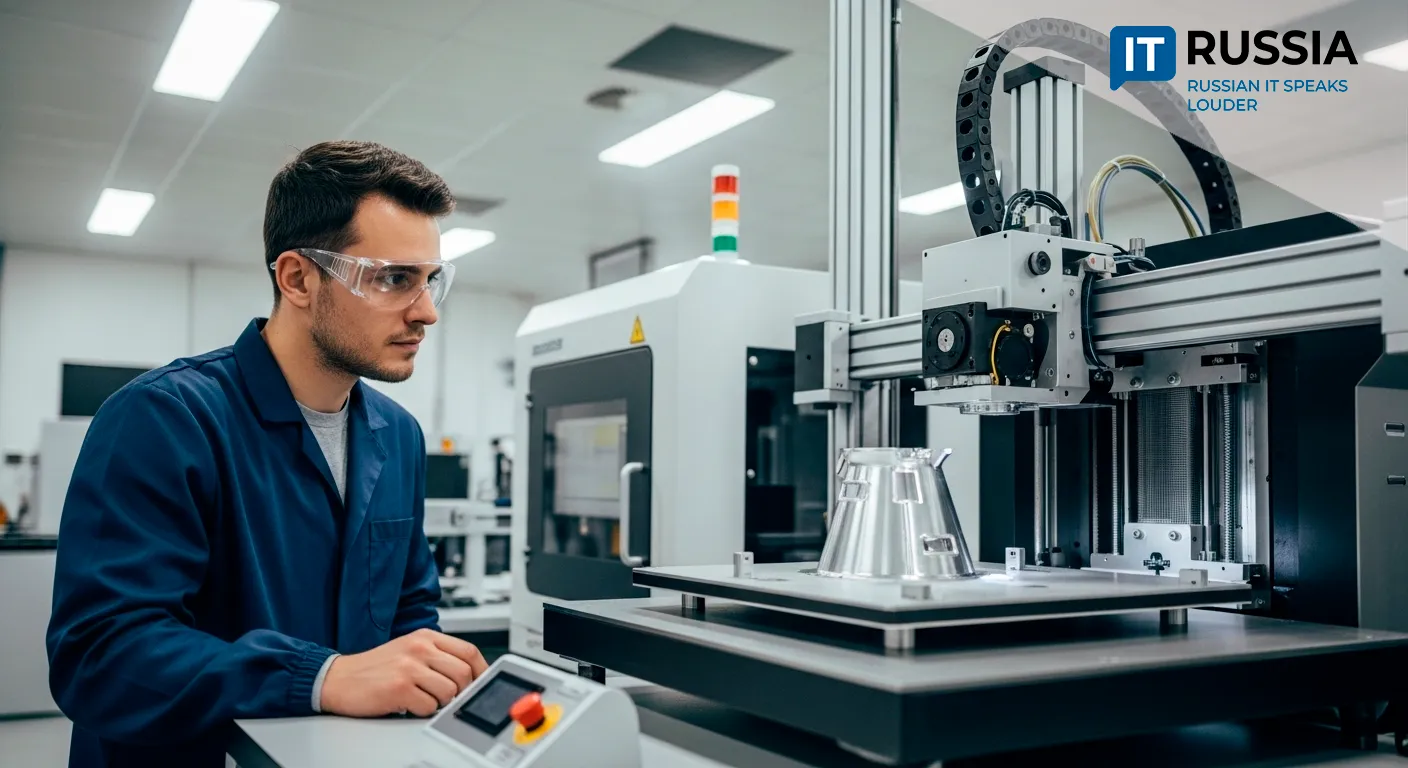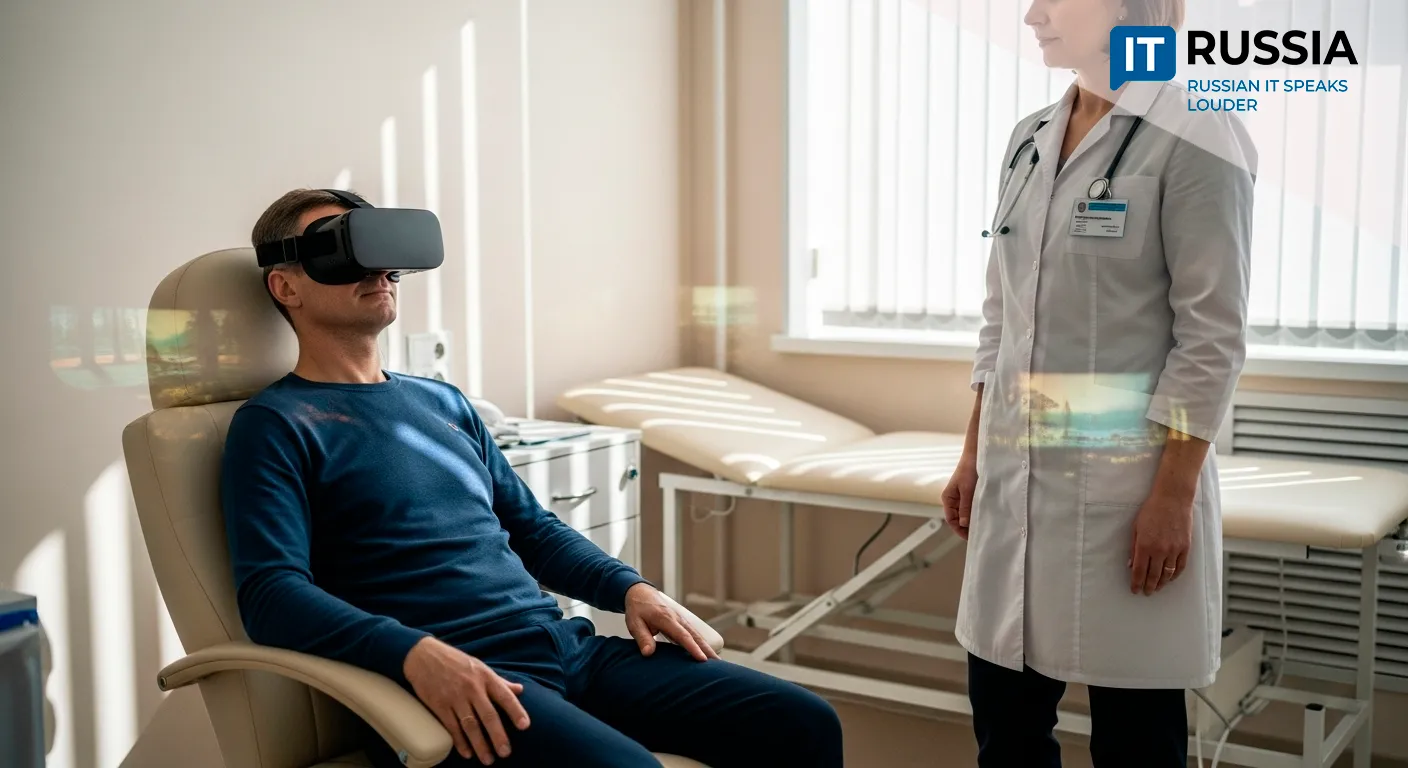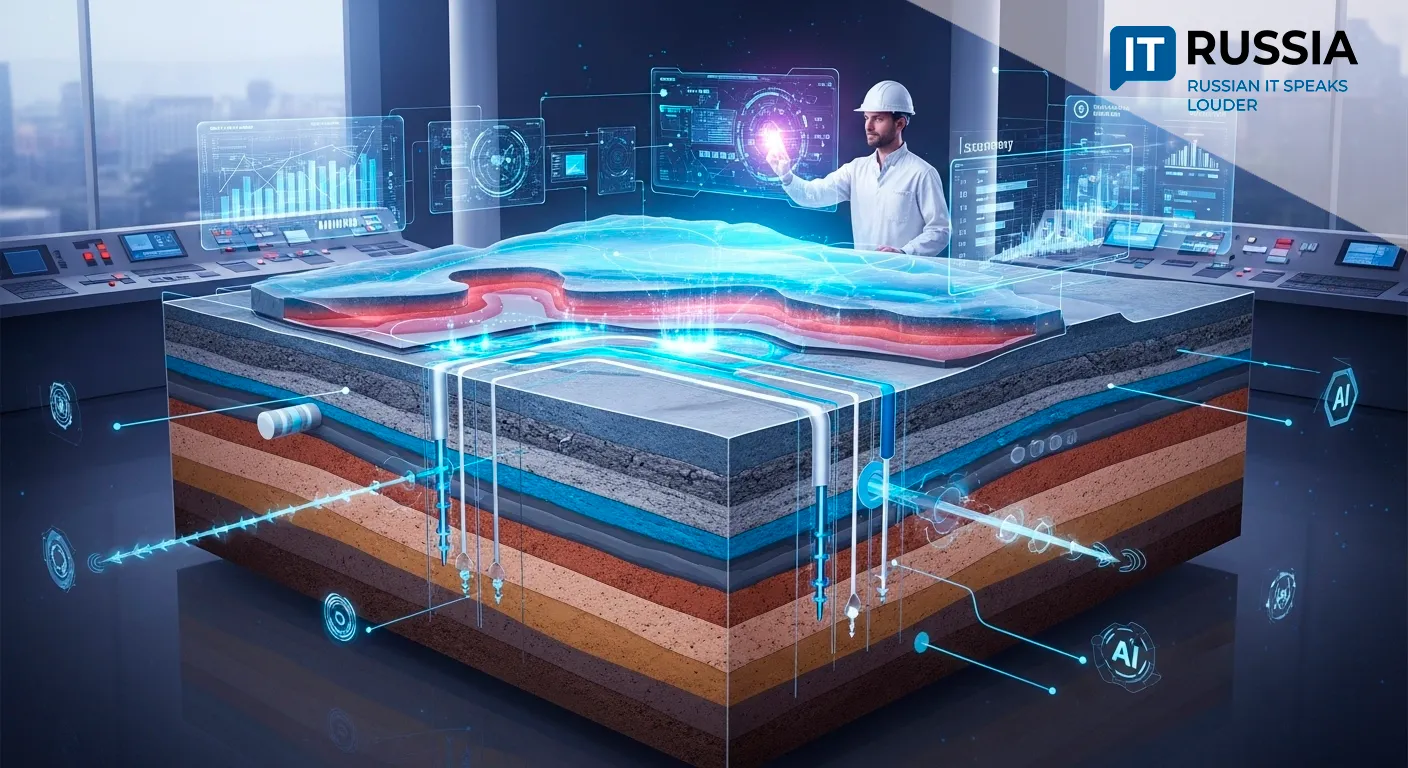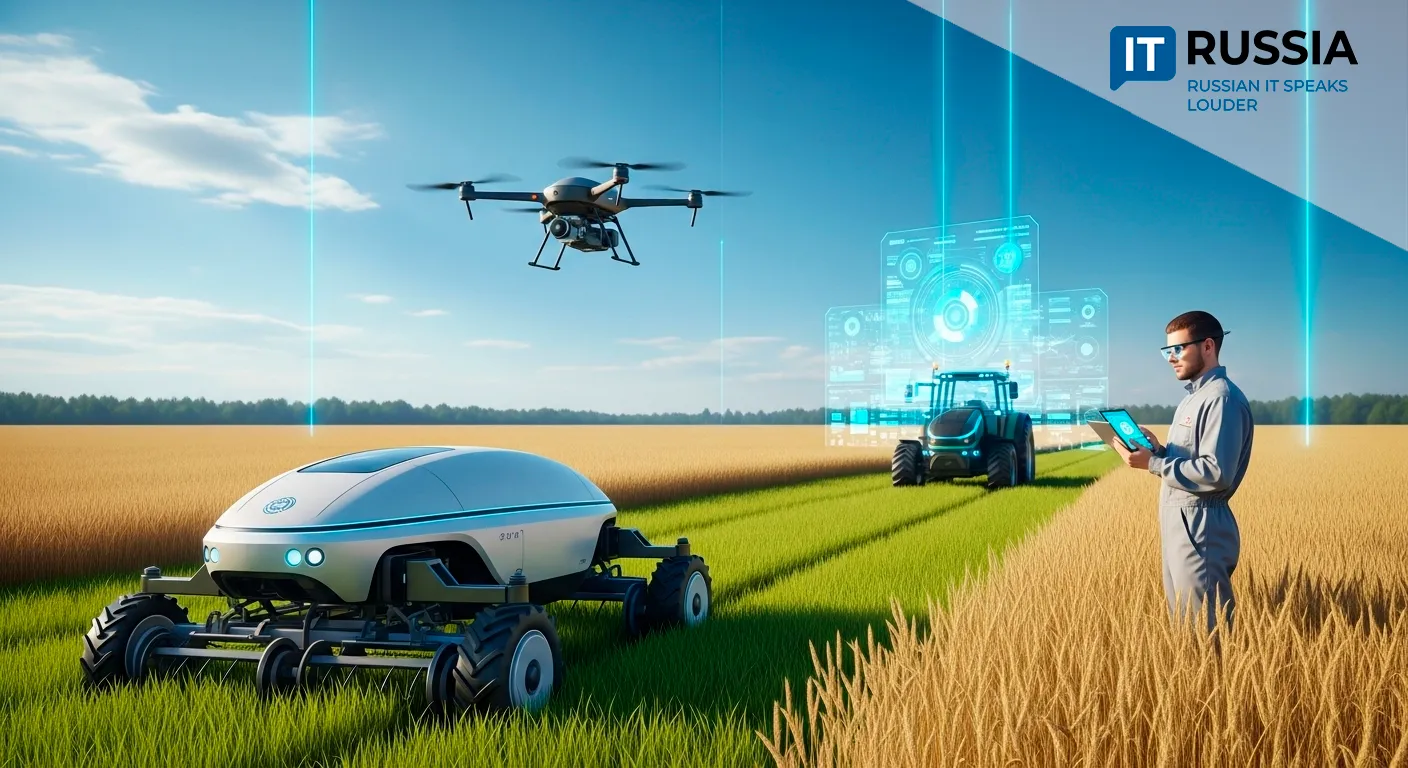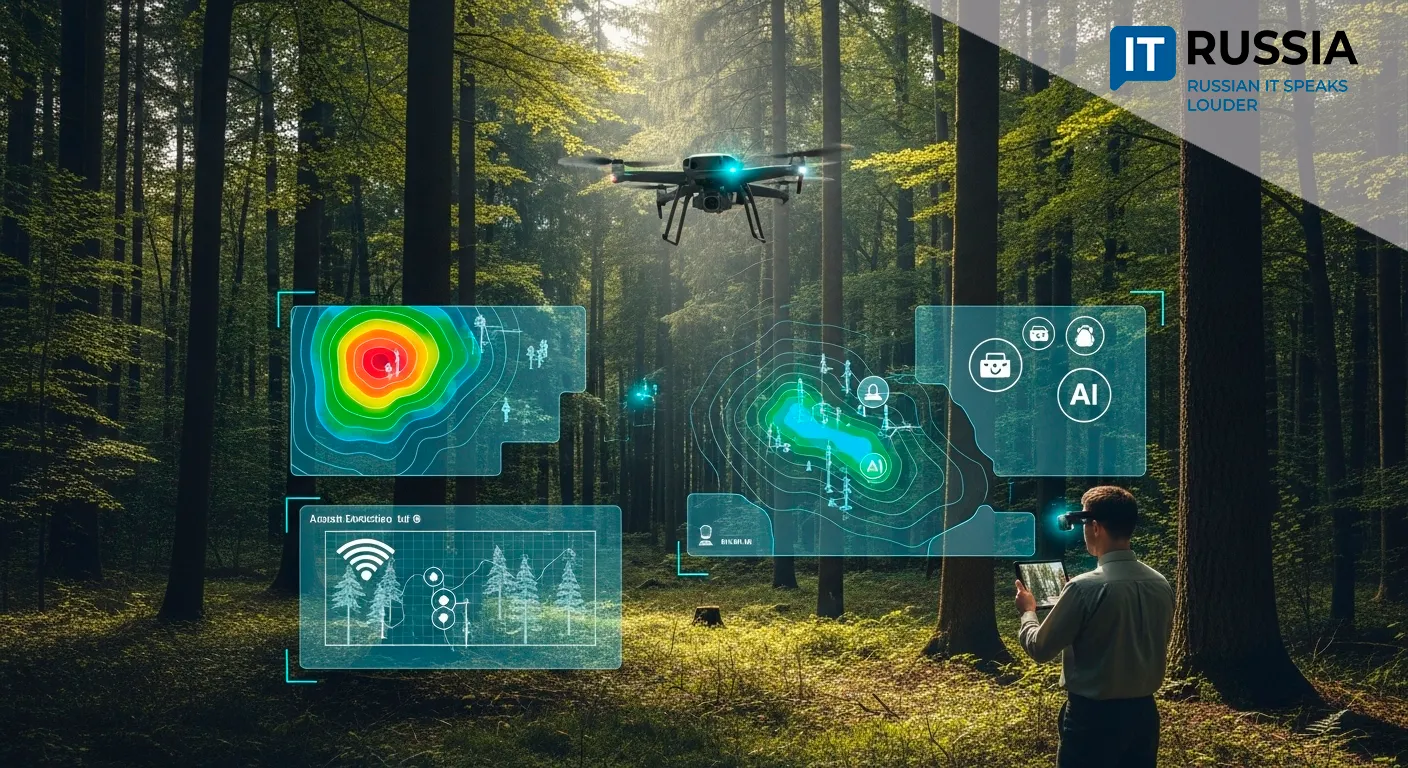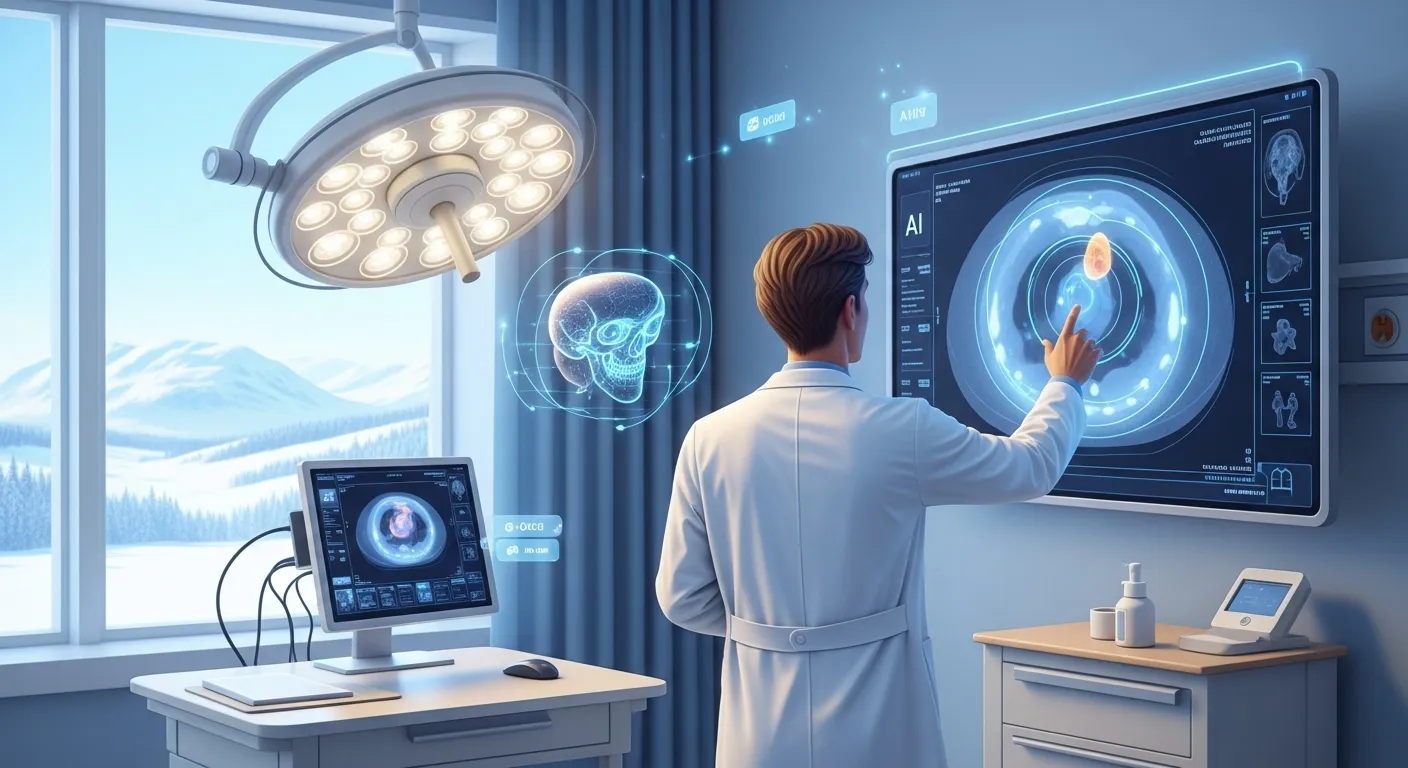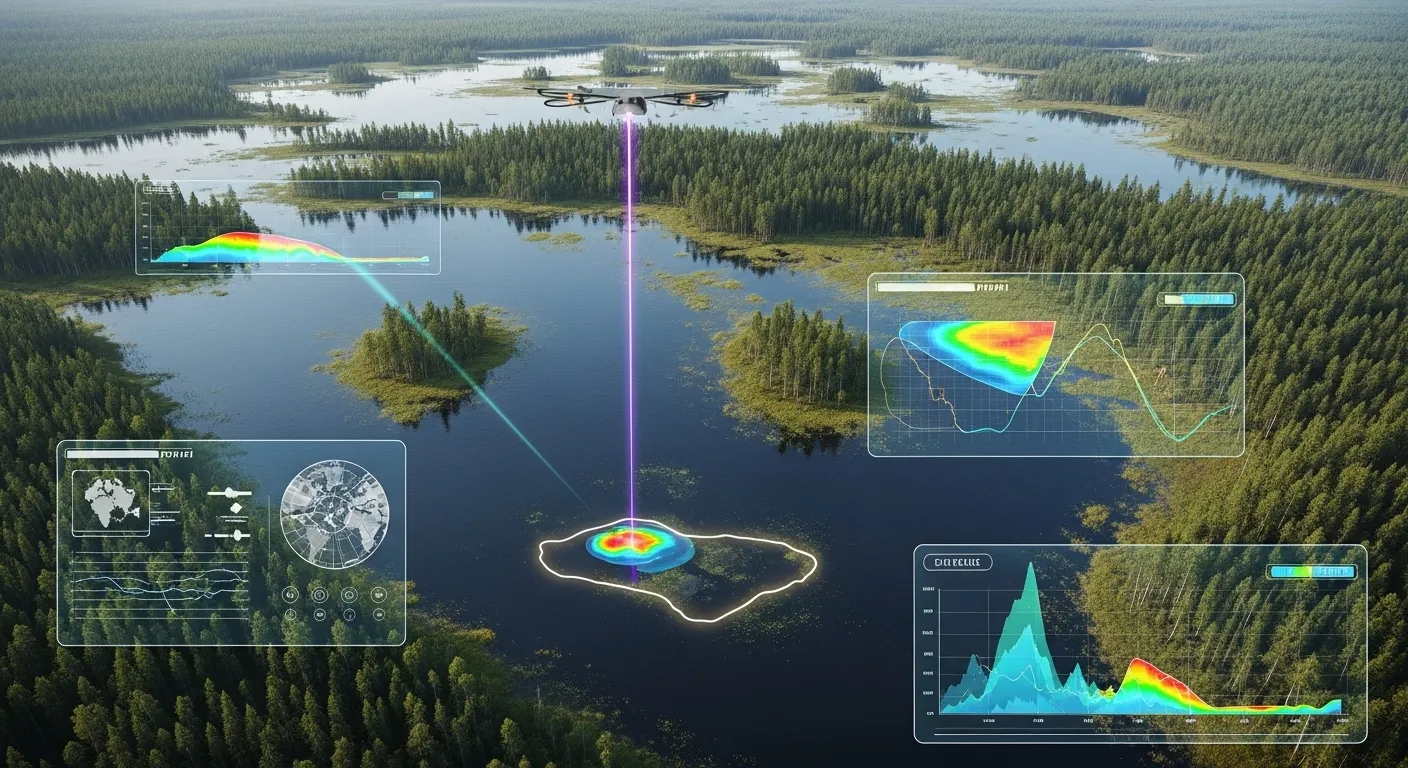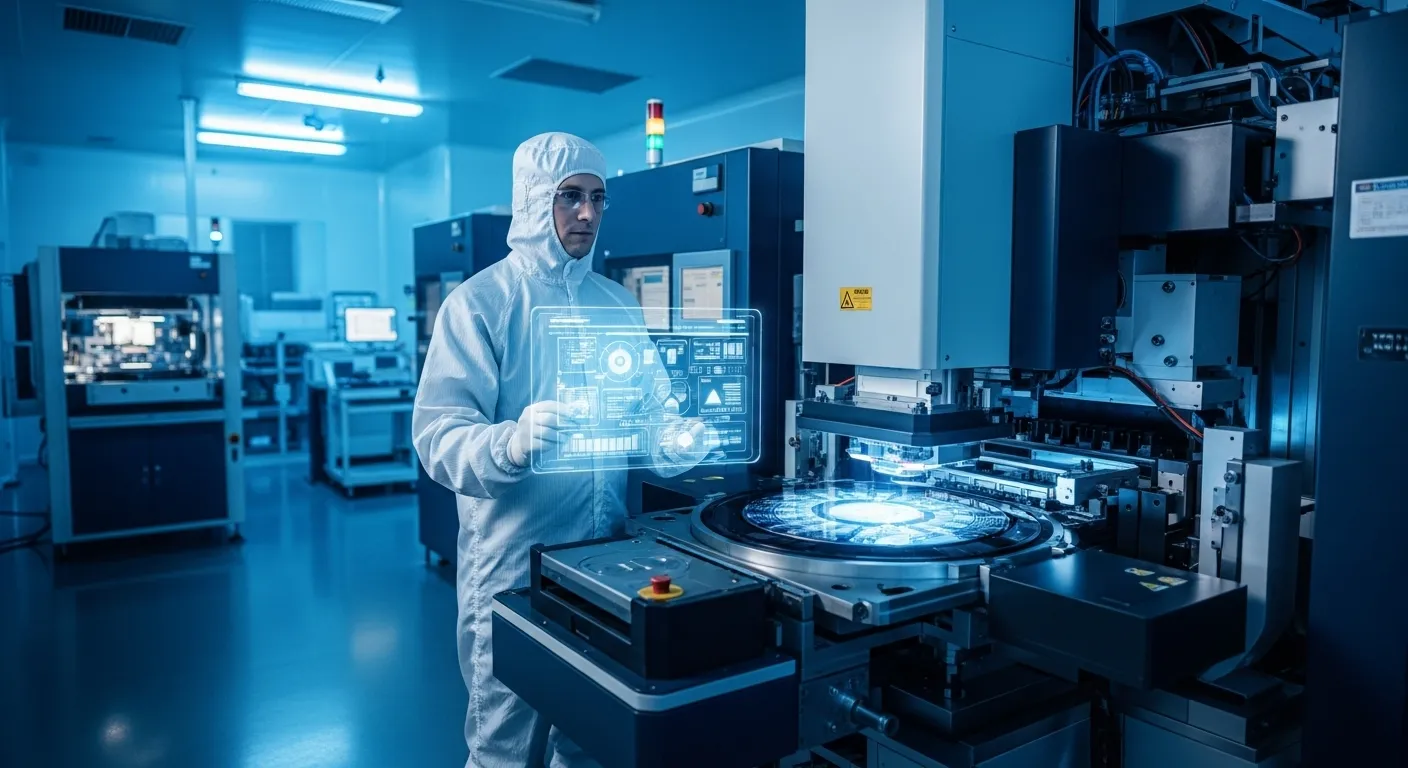Russia Advances Mega-Science with Upgraded 'Govorun' Supercomputer
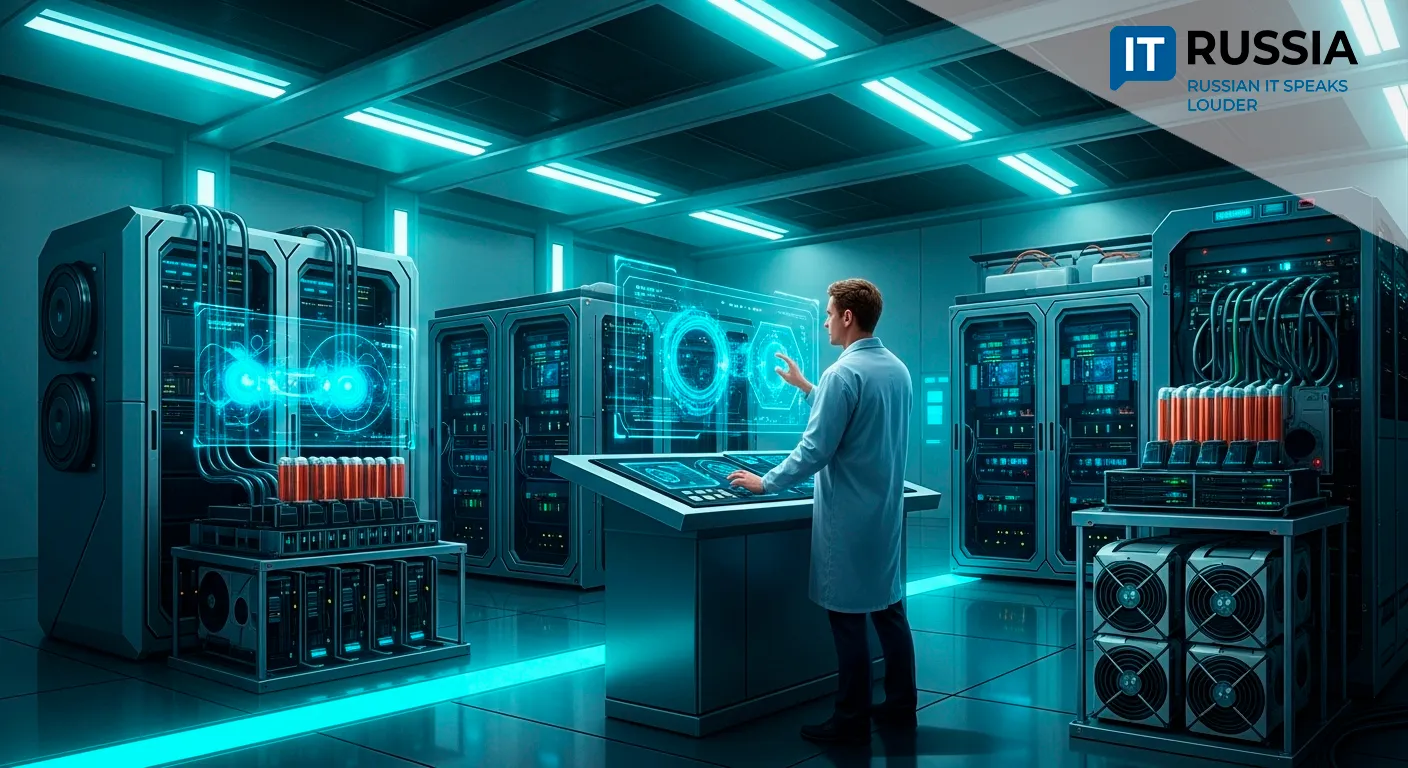
The Joint Institute for Nuclear Research (JINR) in Dubna has unveiled a significant upgrade to its 'Govorun' supercomputer, boosting its peak performance by 36% to 2.2 petaflops in double-precision operations. This progress underscores Russia's scientific momentum in nuclear physics, quantum computing, and biology.
Cutting-edge Technology to Power Mega-Science
In July 2025, a collaborative team from RSC Group and the Meshcheryakov Laboratory of Information Technologies at JINR completed the latest upgrade to the 'Govorun' supercomputer. As a result, the GPU component's performance rose by 36%, reaching 1.4 petaflops. The total peak performance of the system is now 2.2 petaflops in double-precision calculations. This leap was achieved by integrating two new compute nodes based on the 'RSC ExaStream AI' server solution, each equipped with eight NVIDIA H100 GPUs and direct liquid cooling. These servers were tailor-made for 'Govorun' to match its unique architecture. 'Govorun' supports simulations of heavy ion collisions under the NICA (Nuclotron-based Ion Collider fAcility) project and contributes to quantum research, radiation biology, materials science, and machine learning. It processes data from the MPD and SPD detectors, reducing analysis time from days to mere hours. The data storage system capacity was also expanded by 25%, reaching 10 petabytes—an essential resource for high-energy physics research. For Russia, this represents a significant advancement in national scientific capabilities. Globally, it showcases the country's ability to deliver high-performance IT infrastructure tailored for Mega-Science initiatives.

Strategic Impact and Global Collaboration
JINR maintains active partnerships with research centers in Europe, Asia, and Latin America, drawing scientists from 13 member countries. The technologies embedded in 'Govorun'—including heterogeneous computing and advanced liquid cooling—can be adapted by BRICS nations like India and China, both of which are involved in the NICA project. This paves the way for stronger scientific cooperation and broader dissemination of Russian-developed IT solutions across global scientific platforms.

Development Timeline and Future Outlook
The 'Govorun' supercomputer was first launched in 2018 with an initial performance of 1 petaflop (single precision) and 500 teraflops (double precision). In 2019, its performance reached 1.7 petaflops. By 2022, it ranked among the top 10 supercomputers in the CIS and received the First Prize from JINR. While systems like Summit (200 petaflops) and Fugaku (442 petaflops) continue to define global benchmarks, 'Govorun' stands out for its heterogeneous architecture and focused application in fundamental science. The recent upgrade accelerates NICA-related research and further strengthens Russia's standing in global IT and scientific fields. By 2027, the system’s performance is expected to rise to 3–4 petaflops, enabling even more complex modeling tasks.

Expert Commentary
Vladimir Korenkov, Scientific Director of the Meshcheryakov Laboratory of Information Technologies at JINR, emphasized: "The flexible configuration system implemented in the RSC Tornado AFS storage with the 'RSC BasIS Storage' module allows us to achieve peak efficiency in utilizing the 'Govorun' supercomputer for a broad range of scientific challenges." "These tasks may require high-speed reading or writing of large data volumes or handling many requests for smaller data sets. In particular, the two new RSC Tornado AFS servers are already integrated into the Lustre distributed file system and are used for managing data within the NICA Mega-Science project."



